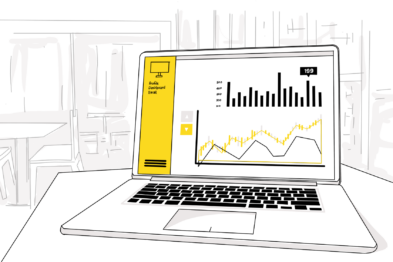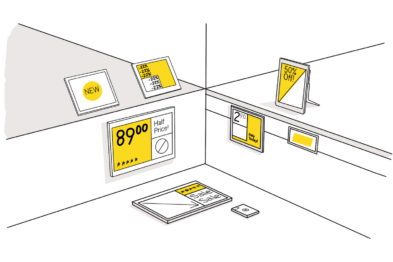Working in the retail industry is all about adapting to change. Recently, the industry has been affected by tremendous challenges, caused in part by the COVID-19 pandemic and other external factors far beyond the control of store owners.
Inflation has been steadily rising for the past couple of years, but deflation is right around the corner. With prices changing fast, keeping up with such a dynamic environment is a challenge.
There are additional hurdles, too, including the labor shortage and shrinking margins. These are just a handful of the reasons why the time is now to introduce automated pricing to keep up with change.
1. The Unpredictable Price Landscape
Last year, the US experienced record-high inflation, hitting nearly 8.5% in March 2022. Consumer prices hiked again when Russia invaded Ukraine. These external factors show that retailers must always expect the unexpected.
After a long period of inflation, deflation is right around the corner. Retailers are getting hit from multiple directions, with price changes occurring faster and more frequently.
For retailers, this means more hours spent price swapping in-store. Not only is the time spent significant, but it can also lead to more mistakes and misalignment among multiple stores.
With automated pricing, retailers can say goodbye to these issues and tackle price fluctuations head-on.
2. The Labor Struggle
Finding dedicated store associates has become a daunting task thanks to labor shortages. According to some estimates, there are 5.5 million more job openings than there are workers to occupy them.
As retailers grapple with the staffing dilemma, keeping up with swift price changes has become a monumental challenge. The lack of available personnel makes it difficult to check pricing, manually alter labels at the shelf, and stay coordinated across stores.
Automated pricing addresses this issue with rapid responses to price changes, without the need for manual intervention.
3. Balancing Revenue
In the face of such price instability, there is a huge risk to revenue and profitability. Retailers are contending with rising costs not just of merchandise, but of manufacturing, labor, fuel, and more. Cost of goods goes up, while willingness to spend from consumers goes down.
Revenue is at risk. Within this context, imagine the consequences of a price tag error leading to negative-margin sales. Such miscalculations, when scaled across a store or chain, can spell disaster for reaching revenue and margin targets.
Quickly adjusting the price on low-margin items can make or break store profitability. The urgent need for a solution that mitigates these risks has never been clearer.
Automated pricing: The solution for Retailers to Navigate Fluctuations
When tackling external factors like inflation and deflation, raising profits and increasing margins is not off the table. However, retailers must handle the situation delicately.
Modern solutions like electronic shelf labels (ESLs) and retail intelligence software remove the need for manual swapping, allowing retailers to automate their pricing strategy. With AI-powered solutions like Pulse, retailers can handle both current and future cost state, leveraging the Pulse Messaging Platform Price Insights feature to assess forecasted pricing.
Automated pricing is the natural solution to the current issues faced by retailers, with the ability to navigate staffing shortages, unpredictable prices, and the revenue problem.
Toward a Stable Future for Retailers
In a world of economic uncertainty, retailers must pivot to secure their future. Automated pricing solutions offer a lifeline for retailers to thrive amidst inflation, deflation, labor shortages, and more.
By relinquishing the burden of manual price changes and embracing AI-powered precision, retailers not only safeguard their revenue, but also position themselves for long-term success.



